| Name | O’Sullivan-O’Connor Blade |
| Lead Time | 0-3 days |
| Specialty | General Instruments-Hooks & Retractors – Abdominal Retractors |
| Material Finish | Stainless Steel |
| Grade | Premium Operating Room |
| Units of Measurement | Each |
| Manufacturer | Tool Tectra |
| Sterility | Non-Sterile |
| Usage | Reusable |
Connor Blade
Connor Blade
extra-large blades
O’Sullivan-O’Conner Blade is an extra-large pattern that is curved at a right-angle that can be used with the O’Sullivan-O’Conner Abdominal Retractor. The purpose of these extra-large blades is to delve deeper into the abdominal cavity, and may also be used according to the patient’s size. Another feature of this blade is that it is made from premium quality stainless steel, which is resistant to corrosion after multiple uses.
SKU:
TT-SI-4688
Category: Hooks & Retractors
Description
Reviews (0)
Be the first to review “Connor Blade” Cancel reply
Shipping & Delivery
Related products
Balfour Extra-Deep Center Blades
SKU:
TT-SI-9651
For balfour retractor systems w/ fixed side blades, 2-3/4" wide x 4" deep
Balfour Extra-Deep Center Blades consists of a 4" deep blade that is curved at a right-angle. This blade may be intended for larger patients or for accessing deeper areas of the abdominal cavity so that they can be held in place. Another feature of this center blade is that it contains loop holes in the center slot so that it can provide different spreads.
Balfour Abdominal Retractor W/ Fixed Side Blades
SKU:
TT-SI-4989
w/ ratchet bar mechanism, w/ fixed fenestrated side blades, 7-1/8" (18.1 cm) maximum spread
Balfour Abdominal Retractor with Fixed Side Blades contains a ratchet bar mechanism and side blades that are fenestrated. These side blades are designed to push apart an incision while the ratchet holds the instrument in position. The solid center blade, however, can be lowered or raised to provide better visibility for the surgeon.
Davis Brain Spatula
SKU:
TT-SI-9849
Davis Brain Spatula
malleable, 7" (17.5 cm)
Davis Brain Spatula is 7" in length and comes in a variety of widths to accommodate different cases. This instrument is commonly used in neurology procedures to hold the opening in the brain while operating. The spatula is also malleable, which allows it to bend and fit the size or depth of the operated brain. Following the conclusion of the surgery, a small hammer is used to strike the spatula in order to restore it to its initial shape.
Davis Retractor
SKU:
TT-SI-8192
Double-ended, 5.0 mm x 16.0 mm & 8.0 mm x 21.0 mm blades, 5-1/2" (14.0 cm)
Davis Retractor is a stainless steel instrument that is double-ended and has opposing blades on either end. This retractor is able to divide and keep edges of an incision open. This instrument is also protected by the Tool Tectra manufacturer warranty on defects in materials and workmanship.
Collin Abdominal Retractor
SKU:
TT-SI-8671
Set includes: frame (110.0 mm spread, 9-1/4" (23.5 cm)) & pair of blades (62.0 x 38.0 mm)
Collin Abdominal Retractor is an entire set that includes a frame and a pair of blades. These blades are outwardly curved at a right angle and are deep enough to retract thicker areas of the abdomen. In addition, the retractor contains ring handles and a spreader that has a maximum spread of 110.0 mm, which can keep larger incisions open.
Cushing Vein Retractor
SKU:
TT-SI-2523
Cushing Vein Retractor
Cushing Vein Retractor has a sharply curved blade and is a popular retractor used during neurosurgery or as rib spreaders. In this way, the ribs or the tissues that are held can be pulled and kept away from the surgical area. Depending on the situation, this instrument is available in different lengths and widths.
Balfour-Baby Pediatric Abdominal Retractor
SKU:
TT-SI-9243
Balfour-Baby Pediatric Abdominal Retractor
Balfour-Baby Pediatric Abdominal Retractor has a maximum spread of 3 ½," which is ideal for smaller patients, such as young children. This retractor system also includes fixed fenestrated side blades that help to spread open an incision and allow for adequate inspection of the abdominal cavity.
Glass Abdominal Retractor
SKU:
TT-SI-6151
Abdominal Retractor
6" (15.2 cm) x 3-1/4" (8.3 cm), 9-3/4" (24.5 cm)
B.E. Glass Abdominal Retractor contains a flexible blade with a strong curve that is affixed to a handle for gripping purposes. This type of retractor is intended to be used during surgeries that require retracting or exposing the organs in order to provide better accessibility for the surgeon.
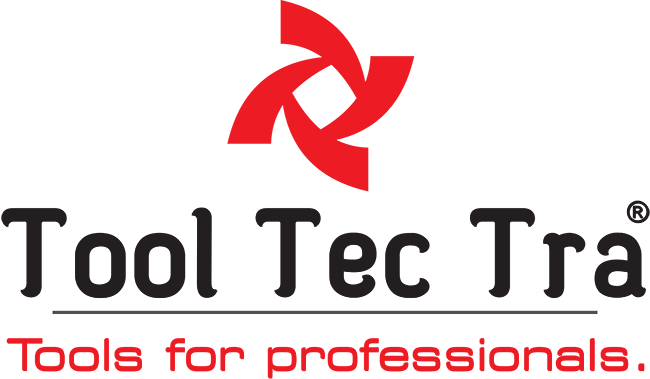

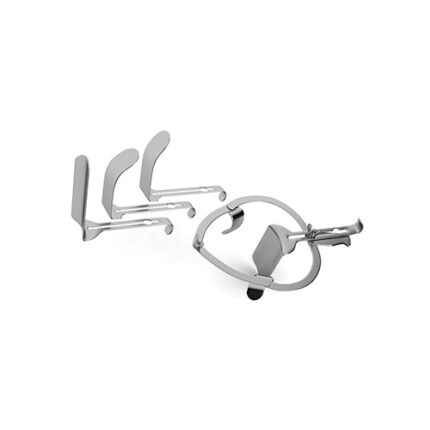
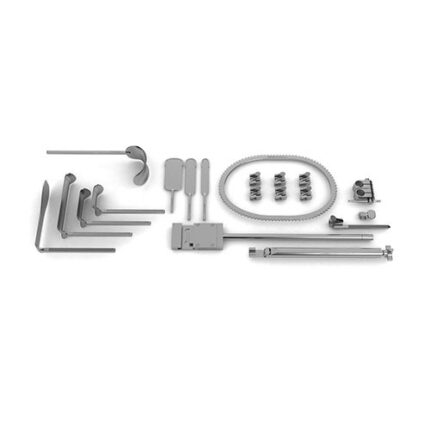
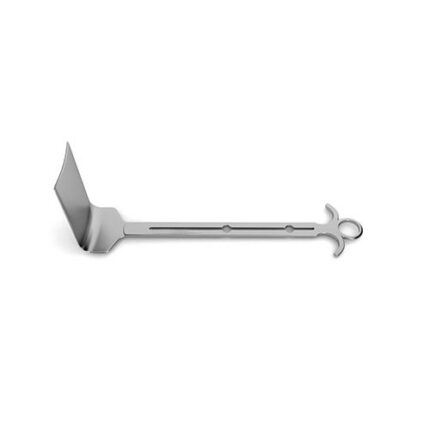
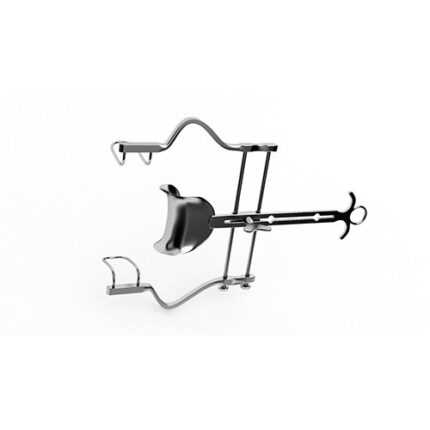
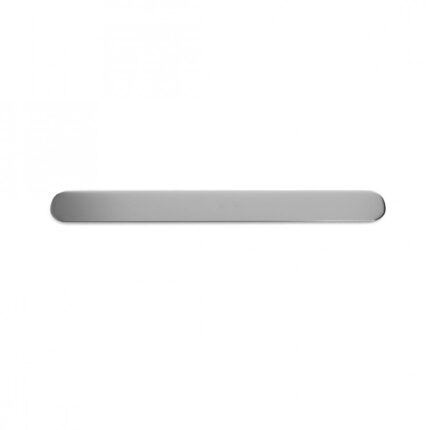

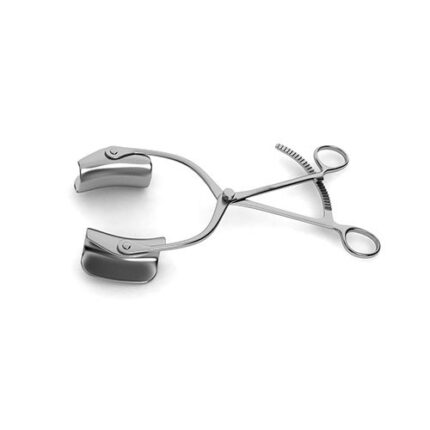




Reviews
There are no reviews yet.